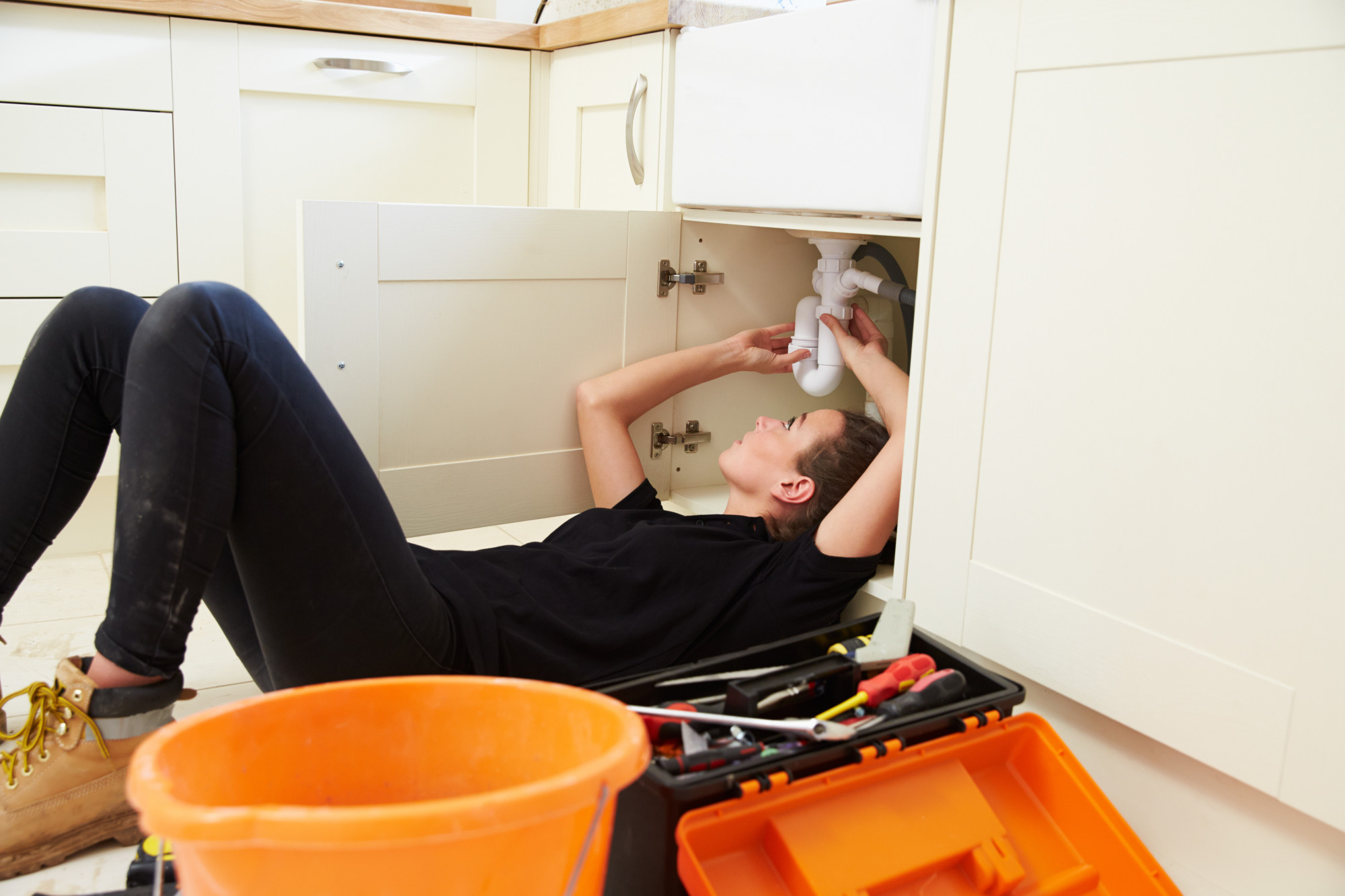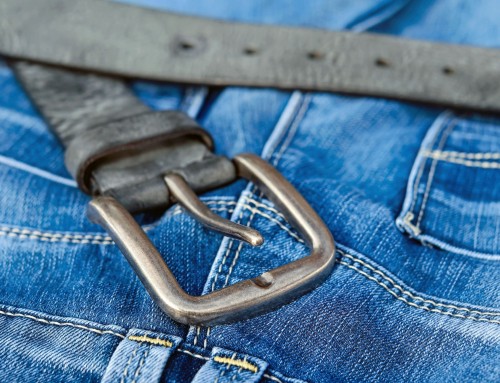Owning a home is a major responsibility. There are a million things that can go wrong. Things break and other things simply become outdated and need to be replaced.
Hiring someone to perform basic home repairs can be expensive. Fortunately, with a bit of know-how and a few common tools, you can take care of most simple maintenance around the house yourself.
In this article, we take a look at several DIY maintenance tips every woman should know. Keep reading to learn how to be so self-sufficient around the house that you’ll amaze all your friends!
1. Fix Your Washer and Dryer
Nothing creates more of a crisis than not being able to do laundry. After all, dirty clothes pile up fast.
Paying for a repair can be expensive. Even if the problem is only minor and can be fixed in a few minutes, you can still plan on forking over at least a couple hundred dollars for the service call.
Fortunately, many of these types of repairs are easy enough to be DIY jobs. This includes replacing leaking hoses from the water supply line, tightening the drain line with a wrench, or something as simple as cleaning out the lint screen to prevent fires.
2. Air Conditioning
Now that summer is here and it’s hot outside, you need to be able to count on your HVAC unit to keep things cool inside.
The key to keeping your HVAC in proper operating condition is to be proactive. Because once there’s a problem, calling a specialist to come out and make repairs can get expensive.
Make sure to clear away any leaves, branches, and other debris that tend to collect on or around the HVAC unit. This will keep the fan running smoothly and help prevent the unit from overheating.
Also, keep an eye on the condensation hose. The water supply needs to be able to flow smoothly through this line. Check the line drains and use a small garden trowel to clear away any algae, mold, or gravel that has begun to block the drain.
3. Water Heater
Few experiences in life are as unpleasant as waking to a cold shower in the morning because there’s no hot water.
The key to keeping your water heater functioning properly is to make sure it’s free of sediment particles. Sediment tends to settle at the bottom of the tank, damaging the tank and creating water leakage on the floor.
To prevent this, you will need to drain the water heater. First, turn off the water supply and power to the water heater. Next, connect a hose to the drain fitting located at the bottom of the tank, and run the other end out the door where the water can drain onto the driveway or backyard.
Once the tank is fully drained, detach the hose from the drain fitting, then turn the water and power back on. Repeating this process every couple of months will keep your water hot and reduce the likelihood of waking to a cold shower.
If you discover major problems with your pipes, be sure to call an expert like the ones at DrainWorks Plumbing.
4. Paint
Nothing spruces up the look of your home quicker than fresh paint. And yet there’s no reason to spend a fortune on a contractor to do the job.
DIY paint jobs are easier than you think, and can actually be quite fun. The key is to find out the right type of paint and how much you’ll need for the job.
As far as supplies go, you’ll need masking tape, paint trays and rollers, and a good ladder.
For painting the interior, be sure to spread plastic on the floor to prevent staining the carpet with drips.
Just be sure to take your time. There’s no reason to get in a hurry. And when you’re done, you’ll have a huge sense of accomplishment in making your home look great.
5. Air Filters
One of the keys to keeping your HVAC system running efficiently both in the winter and summer is to make sure it has clean air filters. Air filters are fairly cheap and can be purchased at any local hardware store.
They are easy to replace. Simply slide out the old filter, toss it in the trash, then insert a new one. This will help the air from the HVAC unit circulate through your home much more efficiently. When a filter gets dirty, the air is prevented from passing through as intended, which causes the unit to work harder than it should.
We recommend changing your air filters every month or two. Filters are cheap enough that you can buy them in bulk and keep the extras stored in a closet or in the garage.
6. Windows
Another important part of keeping your home cool in the summer and warm in the winter is by making sure your windows are properly sealed. As seals weaken with age, your windows will be less able to keep your home properly heated or cooled.
We recommend replacing windows that are outdated. Newer energy-efficient windows might cost you a few dollars now, but they will help save on your energy bill every month.
If you notice a draft around your windows, be sure to apply new weather stripping that will keep the temp in your home perfect throughout the year.
7. Gutters
When your gutters fill with leaves, branches, and other debris, rainwater will begin to overflow and cause a number of issues. Fortunately, this is an easy fix.
You’ll need a ladder, a pair of gloves, and either a garden trowel or a broom that you can use to dislodge whatever debris has clogged the gutter.
Keep in mind that failing to keep your gutters clean can result in roof damage, moisture problems in your walls, or cracks in the foundation.
Great Home Maintenance Tips for Women
It’s important to keep your house in tip-top shape. The maintenance tips contained in this article can help. Save money and feel proud of a job well done.
Be sure to check out the rest of our website for more great plumbing tips.











